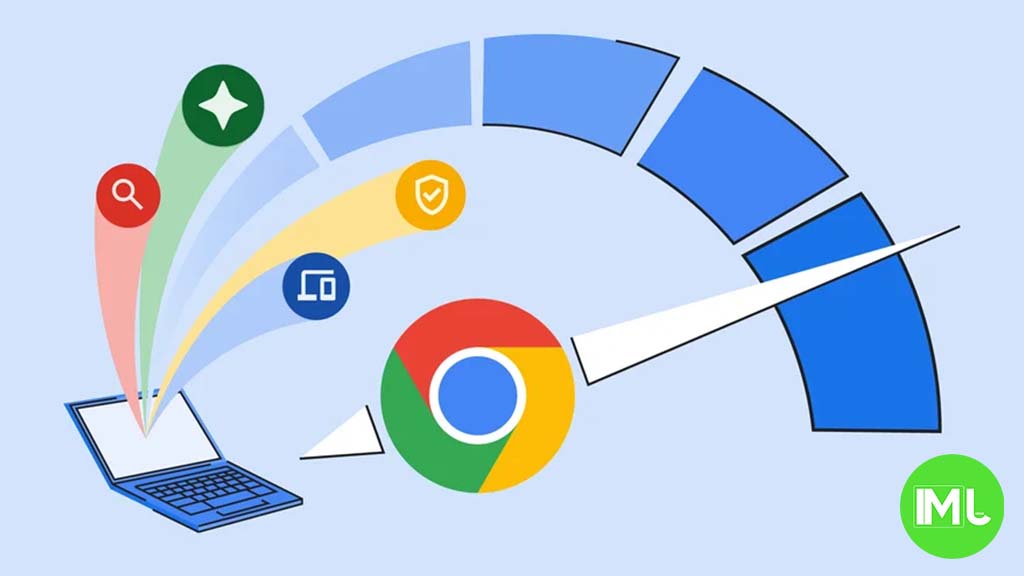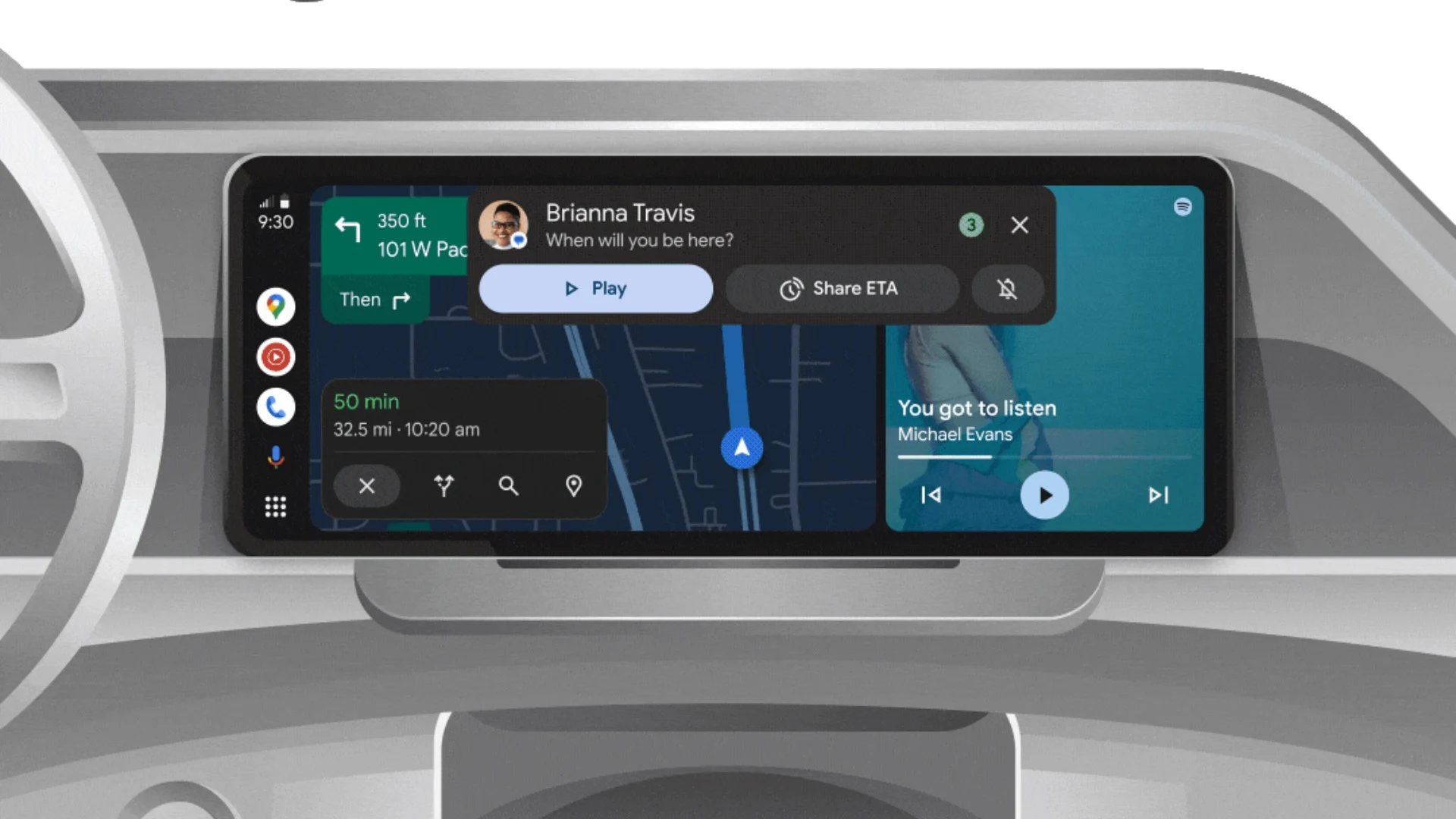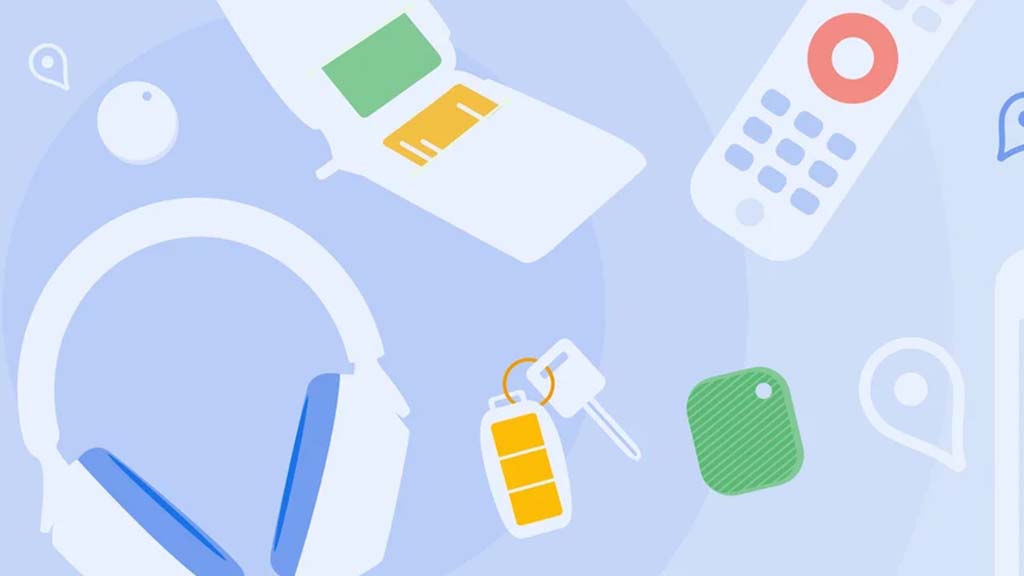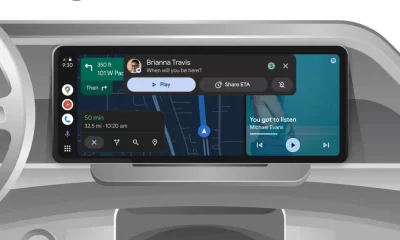Android
Google Password Manager adds Passkey support on desktop and Android Auto introduces Tesla NACS charger compatibility

Top 3 Key Points:
- Google Password Manager now supports saving passkeys on desktop Chrome for easier sign-in.
- Android Auto now includes support for electric vehicles (EVs) using Tesla’s NACS charging system.
- The latest Android Auto update makes it easier to find NACS chargers for non-Tesla EVs.
Google has made it simpler for users to save and access passkeys on their desktop Chrome browser through its Password Manager. Previously, passkeys could only be saved through the Google Password Manager on Android devices. To log in from a desktop, users needed to scan a QR code with their Android phone, which added a layer of inconvenience.
Now, with this new update, Google Password Manager on Chrome can store passkeys for macOS, Windows, Linux, and ChromeOS (currently in beta testing). Support for iOS is expected soon. This means you can sign in using a passkey by just scanning your fingerprint or entering your device’s passcode directly on your desktop, removing the need for QR code scanning.
When creating a new passkey on your desktop, you’ll be prompted to enter a six-digit recovery PIN. This PIN is essential for unlocking your passkey on other devices. Additionally, your Android’s screen lock can act as a backup security method. Google highlights that this PIN enhances security by ensuring your passkeys are encrypted and cannot be accessed by others.
On a different front, Google is also rolling out a significant update to Android Auto. This update is important for electric vehicle (EV) users, especially those who need access to Tesla’s NACS (North American Charging Standard) charging stations. Until now, Android Auto supported various charging systems like J1772, CCS, and CHAdeMO, but it didn’t support NACS, which is now expanding as a major charging standard.
With this update, users with non-Tesla EVs can now enable NACS charging options through Android Auto. By doing this, they can easily locate Tesla’s NACS charging stations using Google Maps. It’s worth noting that Tesla vehicles do not natively support Android Auto, but this update will benefit non-Tesla EV users who use the NACS charging network.
A recent example of how this is useful is the approval of NACS adapters for GM’s electric vehicles. These adapters allow GM’s EV drivers to use both the NACS and CCS charging options. Google is gradually rolling out this update through the Play Store beta, and it should be available to a broader user base in the coming weeks.
Android
Google updates Gboard emoji kitchen and Android Auto with new features

Google is bringing some fresh updates to make Gboard and Android Auto even better.
Starting with Gboard, the Emoji Kitchen now has a new “Browse” section. This makes it easier for users to find different emoji sticker combos. You can tap on any emoji and instantly see all the creative mixes available. Plus, there’s a search bar to help you look for specific stickers. This new feature is rolling out first to Pixel devices, with other Android phones expected to get it in the coming months.
On the other hand, Android Auto is now getting the 14.3 beta update. Although there are no big changes yet, this version mainly focuses on fixing bugs and improving performance. Testers have noticed slight speed improvements, but no new features have been spotted so far. Google might be preparing for bigger changes in future updates.
Both these updates show that Google is working hard to make its apps smoother and easier to use. Gboard’s new browsing tool will make messaging more fun, while Android Auto’s small fixes are important for a better driving experience.
If you have a Pixel phone or are part of the Android Auto beta program, you might already see these updates. Otherwise, they should be available to more users soon.
Android
Android’s Find My Device speeds up with UWB coming soon

Google’s Find My Device network for Android has gotten a big boost, making it much quicker to locate misplaced items. Recent checks show it’s now four times faster than it used to be, keeping up with Apple’s AirTags in crowded spots like malls or events. For instance, at CES 2025, a tracker tucked in a bag updated its location just as fast as an AirTag nearby. This speed-up is thanks to more Android users turning on tracking for all locations, not only busy areas, which helps the system spot items more reliably.
In less crowded places, the network can still have trouble since fewer Android phones are nearby to share location signals. But Google’s working on this by nudging users through app alerts to enable tracking in quieter spots. Plus, recent updates to tracker software and apps have made connections more stable and accurate.
Looking ahead, Google’s gearing up to roll out ultra-wideband (UWB) technology. This will let you find items with pinpoint accuracy, even within a room, using cool augmented reality (AR) visuals, much like Apple’s setup. The Moto Tag, a tracker ready for UWB, is already available, just waiting for Google to activate this feature. Not all Android phones support UWB yet, but future models like the Pixel 10 might include it. These changes prove Google’s determined to make its Find My Device network a top choice for tracking lost stuff.
Android
Android 16 boosts USB data safety and fixes delayed notifications on Pixel phones

Google’s upcoming Android 16 update is bringing better security and some helpful improvements, especially for Pixel phone users. One of the main features in Android 16 is a new way to protect your phone’s data when it’s connected to a computer through USB. Right now, when you plug your phone into a PC or laptop, it can access all your data as long as you approve it.
With Android 16, Google is adding an extra security layer that only allows limited access unless you enter your PIN, password, or use your fingerprint. This will help protect your files if someone tries to access your phone without permission.
At the same time, Google is also working on a fix for a frustrating issue that some Pixel users have been facing for months — delayed notifications. After the April 2024 update, many users noticed that app alerts were not showing up on time, especially from messaging apps. Google has confirmed the problem and says a fix will be included in a future update, though it’s not in the current April patch yet.
Together, these changes show that Google is focusing on both stronger privacy and a smoother experience for Android and Pixel users. Android 16 is expected to roll out later this year, starting with developer previews.
-

 Apps1 year ago
Apps1 year agoGboard Proofread feature will support selected text
-

 News1 year ago
News1 year agoSamsung USA crafting One UI 6.1.1
-

 News1 year ago
News1 year agoBreaking: Samsung Galaxy S22 may get Galaxy AI features
-

 News1 year ago
News1 year agoSamsung Galaxy S23 Ultra with One UI 6.1 and all S24 AI features revealed
-

 News1 year ago
News1 year agoOne UI 6.1 Auracast (Bluetooth LE Audio) feature coming to many Samsung phones
-

 News1 year ago
News1 year agoSatellite SOS feature coming to Google Pixel phones, evidence leaked
-

 Apps11 months ago
Apps11 months agoGoogle’s fancy new Weather app is finally available for more Android phones
-

 News1 year ago
News1 year agoGoogle Pixel evolves as Europe’s third best selling flagship












